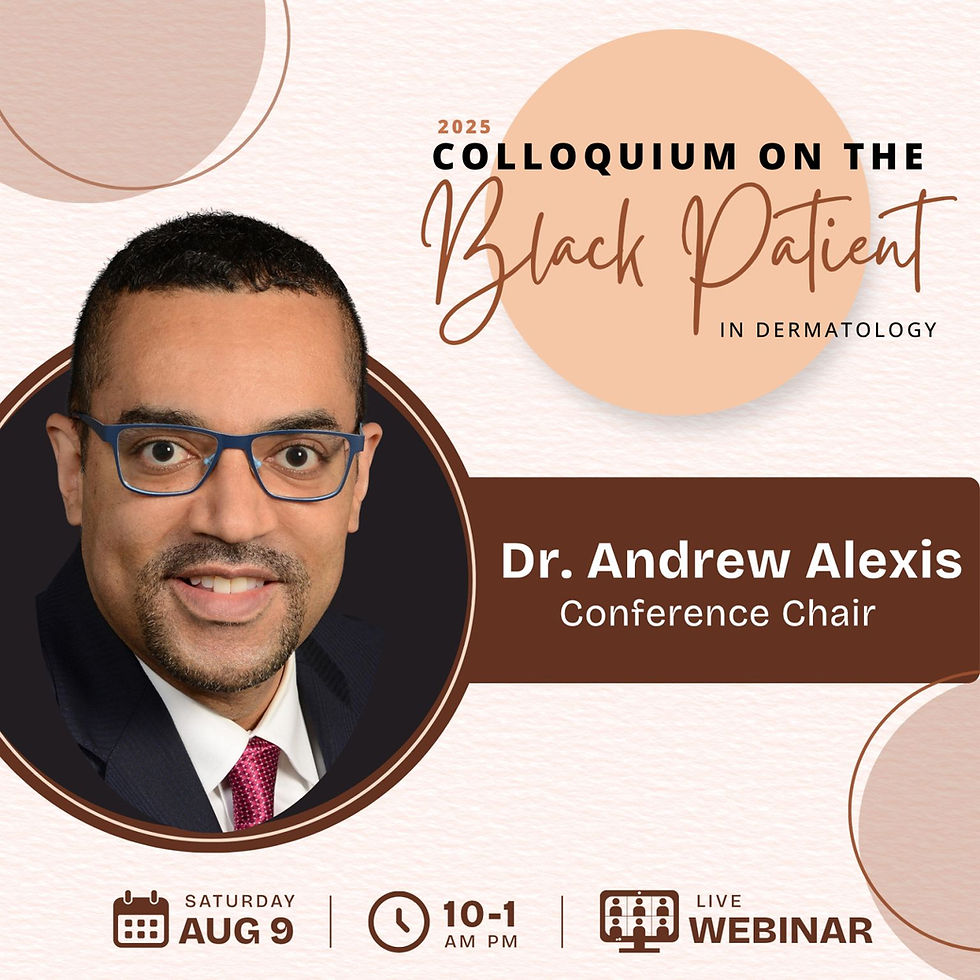Evaluating biologics for psoriasis
- by Bianca Quijano
- Apr 30, 2018
- 2 min read
More scientific discoveries are needed before biologics can become a mainstay in treating psoriasis, according to the director of Dermatology Day Care and Wound Healing Clinic at the University of Toronto who spoke at the 4th annual Skin Spectrum Summit in Toronto in April 2018.
Biologics for the chronic disease are expensive, making therapy inaccessible for many patients. A one-year course of therapy for a single patient can cost $30,000 or more per year.
“We’re not really at a stage where we can use [biologics] on everyone,” said Dr. Gary Sibbald during his presentation on basic principles and advances in psoriasis therapy.
Biologics can have mixed results and have a wide variety of side effects. For example, medications that block the tumour necrosis factor (anti-TNF agents) can reactivate tuberculosis, exacerbate multiple sclerosis, and induce autoantibodies. These agents often need to be combined with other systemic agents in order to be effective, according to Dr. Sibbald.
Dr. Gary Sibbald was the Curriculum Chair for the presentations on psoriasis at the 4th Annual Skin Spectrum Summit in Toronto. Photos by Dylan MacKenzie.
The next generation of biologics following anti-TNF agents is the p40 subunit of interleukin (IL)-12 and (IL)-23 inhibitor known as ustekinumab. This agent has been popular among patients because injections needed to be performed just once every three months, instead of twice a week or once a week, as was the case with previous biologics.
“Patients had Psoriasis Area Severity Index [PASI] scores of 75, 90, or better with this agent,” said Dr. Sibbald. “They did much better in comparison to [treatment with] anti-TNF agents, where we often couldn’t get them off their methotrexate or their oral retinoid acitretin.”
Favourable outcomes have also been seen with IL-17 inhibitors like secukinumab and ixekizumab. Patients sustained PASI scores of 100, were able to stop taking other systemic agents, and had clear skin after one month of therapy. That being said, patients with psoriatic arthritis sometimes have to wait 12 to 20 weeks in order to see results. These agents have also been associated with the possible exacerbation of inflammatory bowel disease.
One of the latest medications for psoriasis is the phosphodiesterase-4 (PDE4) inhibitor called apremilast. Taken orally, the agent has a low response rate and most patients experience nausea as well as weight loss during treatment.
“Patients feel very sick for the first month. None of the patients [that I put on apremilast] had stayed on that agent long term,” said Dr. Sibbald.
Considerations in treating psoriasis, rosacea, and other conditions in pigmented skin will be featured during the 4th annual Skin Spectrum Summit in Montreal (May 12) and Vancouver (June 2). Find out more about the one-day Canadian conference on ethnodermatology at www.skinspectrum.ca.










Comments